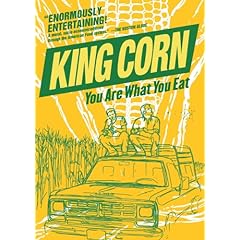If you have a Pfaltzgraff store near you, you'd better go run and check it out quickly!
Pfaltzgraff is closing all of their retail and outlet stores and switching to only online-sales and within departments stores such as J.C. Penney. So they're clearing out all of their store inventory and giving customers some really great deals.
Mom and I have been going to our Pfaltzgraff outlet several times a week, sometimes even multiple times per day! We're finding such good deals... :-)
Here's a breakdown of everything we've purchased and the prices. Note the "original price" is the Outlet price - retail is even more!
- 12 woven placemats (original price: $60) -
$42
- 2 knife blocks (original price: $10 ea) -
$5 ea- set of four stoneware measuring cups (original price: $10)
- $3- large floral design stoneware pitcher (original price: $30)
- $4- large floral design stoneware pitcher (original price: $30)
- $3
(it was cheaper the next time we went!)
- large floral design stoneware platter (original price: $30)
- $3- 2 melamine vegetable platters (original price unknown) -
20 cents each- "Winterberry" plate (original price: $5.99)
-$2.49- Christmas teacup (original price: $15)
- $4- Large votive candle display (original price: unknown, at least $15)
- $4.50- Melamine party tray (original price: $13)
- $2.50- (4) "Heritage" dinnerware, 40 piece set (8 place settings plus a few serving pieces) (original price: $59.99)
- $18.00 each-(2) stoneware pie dishes (original price: $10)
- $2.39 each- Batter bowl (original price:$20)
- $4- Utensil Crock (original price:$15)
- $6- Mug (original price: $10) -
$1- "Blue Meadow" beverage pitcher (original price: $30)
- $6- "Blue Meadow" salt and pepper shakers (original price: 15)
-$3- "Blue Meadow" cream and sugar (original price: $20)
- $4- Cheese board (original price: $30)
- $2.39- Creamer (original price: $20)
- $3- 1 gallon milk pitcher (original price: $30)
- $6- sugar bowl and creamer (original price: $20)
- $6Now, if I did my math right,
GRAND TOTAL ORIGINAL PRICE: $699
GRAND TOTAL OUR PRICE: $215.00





